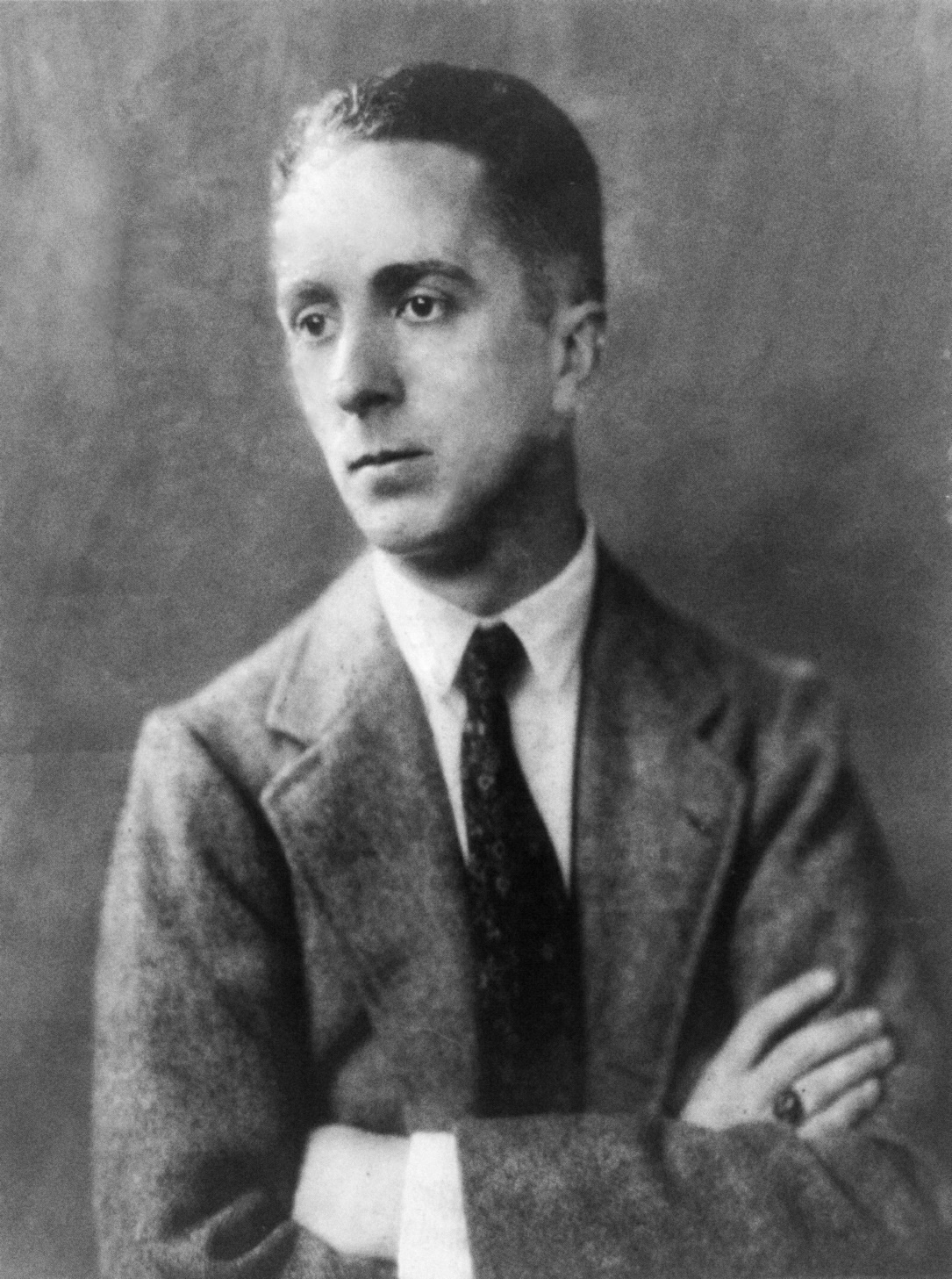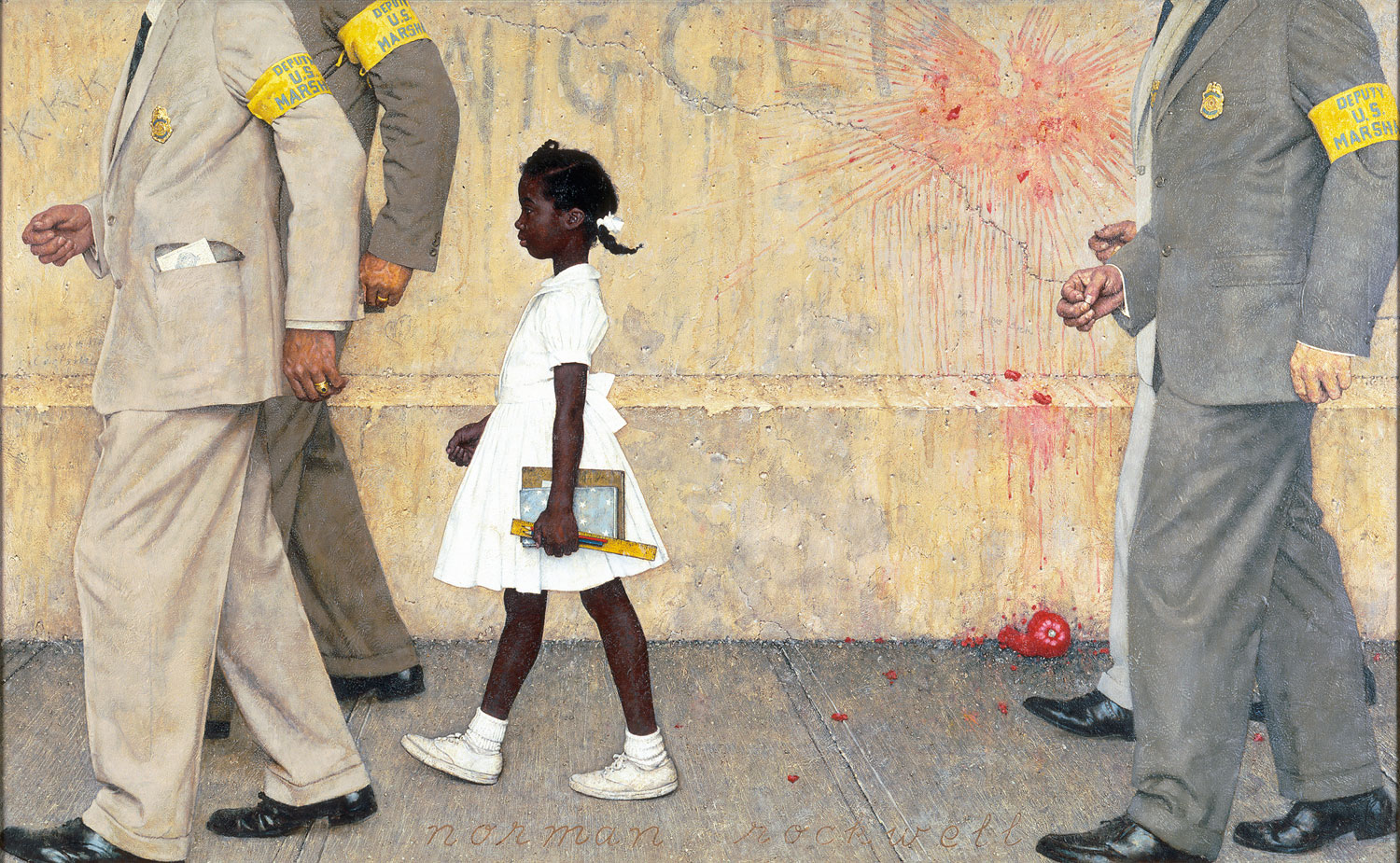Norman Rockwell: Capturing the Heart of America, One Brushstroke at a Time

Chapter 1: Early Life — A Young Artist with Big Dreams
Norman Perceval Rockwell was born on a crisp February day in 1894, in the bustle of New York City. He was a shy, watchful boy. The kind who listened more than he spoke. While other children filled the streets with games and noise, Norman studied faces. He drew them in notebooks and on scraps of paper, trying to capture the untold stories hiding in their eyes.
When he was nine, the family left Manhattan for Mamaroneck, a quieter place with room to breathe. For Norman, it was a kind of freedom. The silence of the suburbs gave his imagination space to grow. He wasn’t content with the ordinary path.
At just fourteen, he left high school behind and enrolled at The National Academy of Design. That was only the beginning. Soon, he moved on to the Art Students League, where he studied under Thomas Fogarty and George Bridgman. They taught him to draw the human form with precision and purpose. Lessons that would guide him for the rest of his life.
Chapter 2: Career Breakthrough — Painting America's Story
By eighteen, Norman was already earning his place in the world. He became the art director of Boys’ Life, the magazine of the Boy Scouts. It wasn’t just a job; it was a calling. The stories in Boys’ Life were filled with ideals: courage, kindness, grit. Norman shared those ideals, and more importantly, he knew how to paint them.
In 1916, he sent a cover to The Saturday Evening Post. The painting Boy with Baby Carriage was a hit. It was charming, tender and funny. The editors asked for more. Over the next forty-seven years, he gave them 321 covers, and in doing so, gave America a mirror in which to see itself.
He worked like a director staging a film. He chose his models; often neighbors or friends, posed them carefully and photographed every detail. Then came the paint. Slowly, deliberately, he built up his scenes until they shimmered with life. His subjects weren’t famous. They were ordinary people. A boy at a diner, a family in prayer, a runaway with a suitcase. But in Norman’s hands, they became timeless.
Marriage brought new layers to his work. He wed Mary Barstow in 1930, a teacher with a bright spirit. Mary encouraged him to go deeper, to move beyond surface charm. Their family grew, and with it, so did Norman’s ability to tell stories rich with emotion and empathy.
Chapter Three: Grief, War, and the Weight of Meaning
By the end of the 1930s, the Rockwells had settled in Arlington, Vermont. It was everything Norman needed: quiet, honest, rooted in the rhythms of rural life. Here, his paintings began to change. There was still warmth and humor, but something else was emerging; a desire to say something true.
Then came the war. In 1943, inspired by Roosevelt’s “Four Freedoms” speech, Rockwell painted Freedom of Speech, Freedom of Worship, Freedom from Want, and Freedom from Fear. The paintings went on tour and raised over $130 million in war bonds. Norman had become more than a magazine illustrator. He was a voice.
But life has its own plans. In 1959, Mary passed away after a long illness. The loss left Norman hollow. He moved to Stockbridge, Massachusetts, looking for peace. There, he later remarried; a quiet companionship with Molly Punderson, a retired teacher. But something inside him had shifted. The grief sharpened his gaze. His paintings grew quieter, more introspective. He began to look at America not just with affection, but with questions.
Chapter 4: A Bold New Voice — The Problem We All Live With
 The Problem We All Live With, by Norman Rockwell.
The Problem We All Live With, by Norman Rockwell.
In the 1960s, Rockwell made a dramatic shift. Frustrated by The Saturday Evening Post’s editorial restrictions — particularly their reluctance to address racial or political issues, so he left and joined Look magazine, where he could finally explore the urgent social questions of the era.
His most powerful statement came in 1964 with The Problem We All Live With. It was unlike anything he had done before. No small-town charm. No winks or warmth.
A little Black girl, Ruby Bridges, walks to school under the guard of federal marshals. A tomato splatters the wall. Ugly words are scrawled across the surface. But Ruby, in her white dress, socks pulled up, hair tied in bows, walks with quiet courage.
Norman didn’t paint her as a symbol. He painted her as a child. Vulnerable. Alone. Determined. And that made the moment hit all the harder.
Years later, President Obama hung the painting in the White House. Ruby Bridges stood beside him and looked at the girl she had been. “If it hadn’t been for you guys,” Obama told her, “I might not be here.”
Chapter Five: The Man Who Held Up a Mirror
Norman Rockwell painted nearly to the end. In those final years, his work turned inward. He still painted people He always would but now, he painted their fears and flaws as well as their dreams.
In 1977, he received the Presidential Medal of Freedom. It was the nation’s way of saying thank you not just for the art, but for the honesty, the hope, the humanity.
Rockwell died the following year in Stockbridge. He was 84 but, he didn’t really leave.
His paintings are still there, framed on walls, tucked in books, taught in classrooms. They are more than nostalgic windows into a bygone America. They are stories, carefully told, lovingly rendered, deeply human. And if you look closely, they are still asking us to see each other with empathy.
Norman Rockwell Museum Digital Collection
Explore a comprehensive archive of Rockwell's works, including high-resolution images suitable for educational and non-commercial use.

Leave a Comment
I hope you enjoyed this post. If you would like to, please leave a comment below.